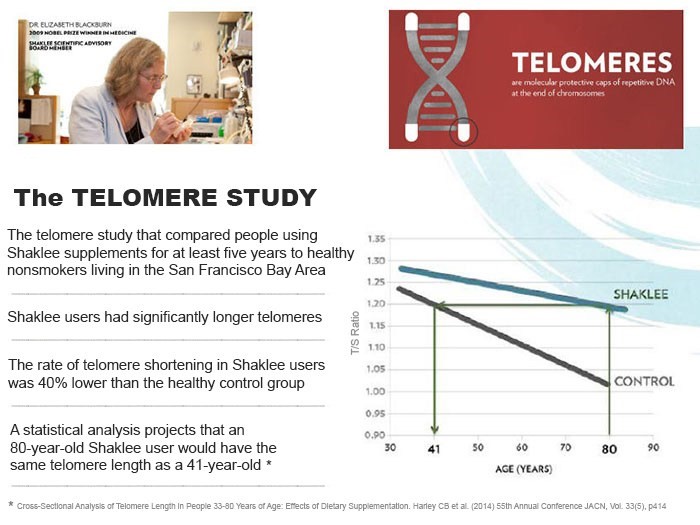Telomere Testing (TeloTest)
“I highly recommend the TeloTest testing and program to better understand your cellular age based on your current telomere length.”
Dr. John Westerdahl
TeloTest
Determine cellular age and anti-aging treatments

ORDER YOUR TeloTest DNA KIT, Personalized Telomere Genetic Report, Telomere Evaluation and Private Consultation with Dr. Westerdahl [HERE]
About TeloTest
TeloTest accurately measures telomere length and determines biological age, providing you with customized healthy lifestyle and nutritional recommendations and professional advice by Dr. John Westerdahl to help you mitigate the effects of aging.
What does TeloTest analyze?
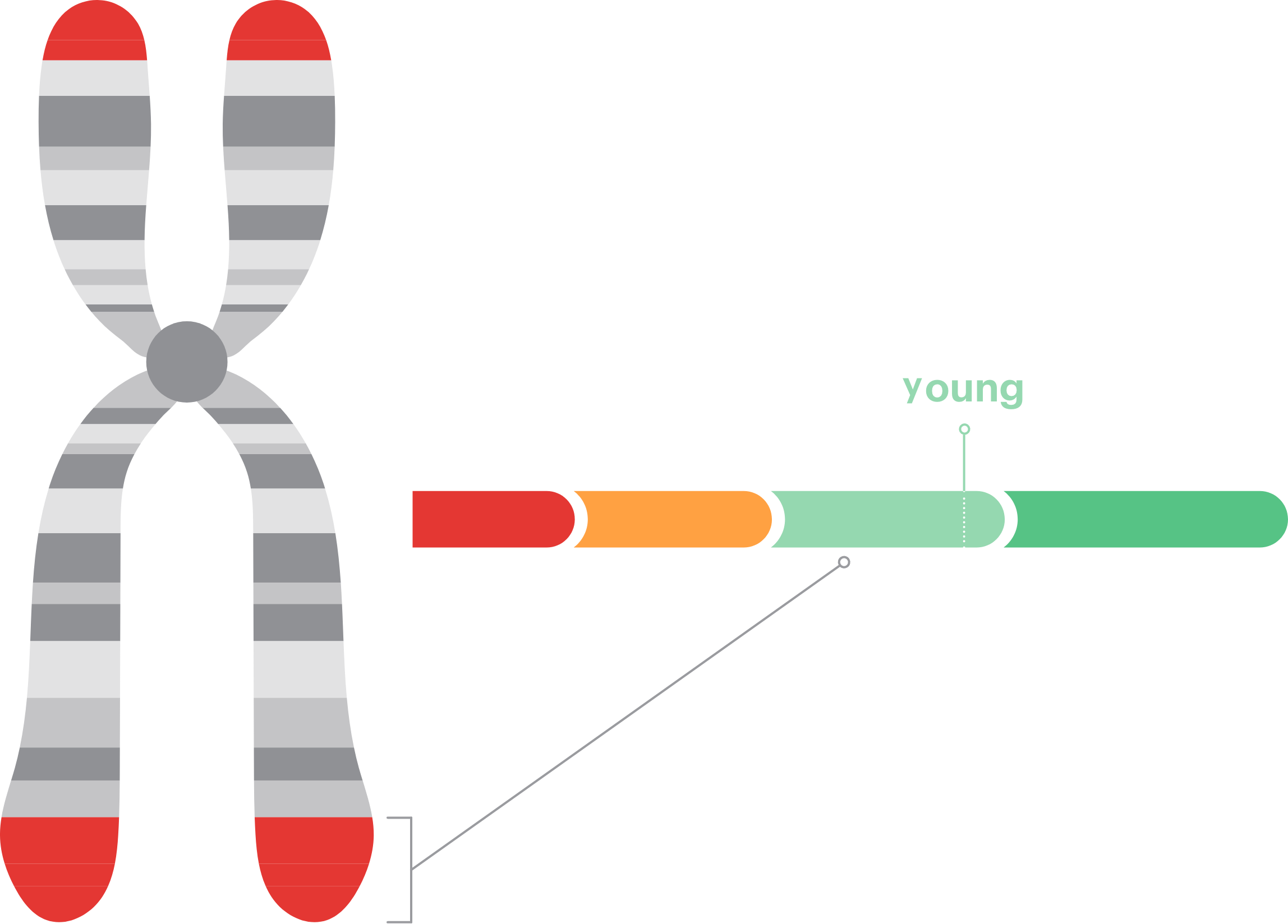
Telomere Length and Biological Age
Our automated algorithm measures telomere length, determines biological age and interprets the results together with your clinical and medical history.
Understanding Individual Aging Trajectories
Personalized Assessment:
- Recognizing individual differences.
Comprehensive Questionnaire:
- Evaluating factors such as family longevity, cardiovascular risk, physiological status (including menopause and pregnancy), psychological well-being, diet and environment, sensitivities to active pharmaceutical ingredients (APIs) and nutraceuticals.
Personalized Prescriptions and Recommendations:
- Based on your genetic results, a personalized diet and nutritional plan is recommended, along with a wholistic lifestyle medicine therapy approach, empowering you to manage your health and longevity.

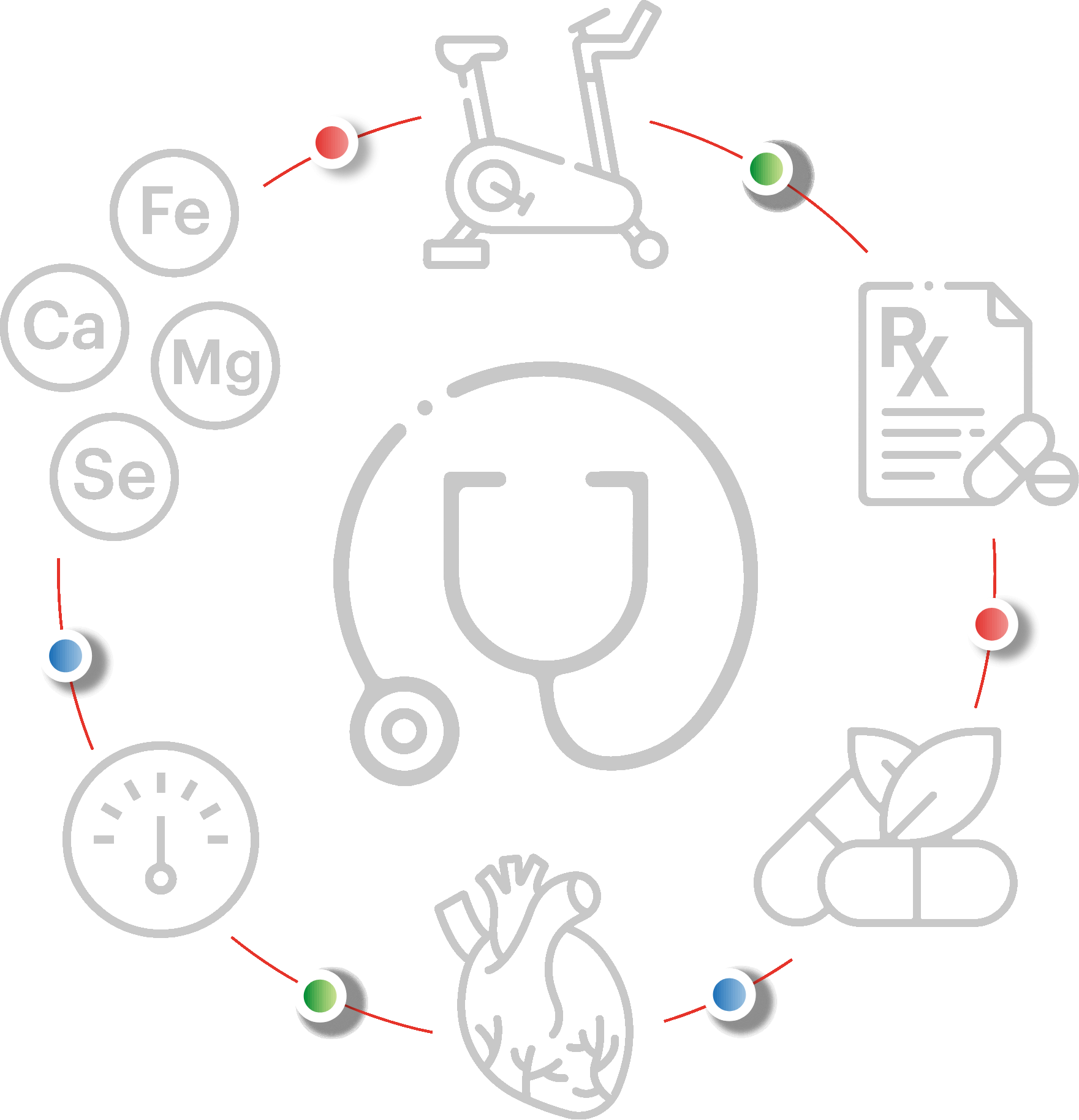
What TeloTest Offers
Detailed Telomere Genetic Report

Summary of Genetic Analysis
Includes:
- Telomere length.
- Estimated biological age of the patient's cells.
Beneficial and Recommend Active Ingredients and/or Compounds
List of compounds:
- Selection based on telomere length detection.
Personalized Prescriptions and Recommendations
Based on patient's results:
- Suggests appropriate longevity diet and nutritional supplements.
- Provides general lifestyle medicine recommendations to support therapy.
TeloTest DNA Collection Sample Kit
Dr. John Westerdahl will provide you with a Buccal DNA collection kit with instructions. Instructions include how to conduct the test, how to receive your results, and set up a personal consultation with Dr. Westerdahl.
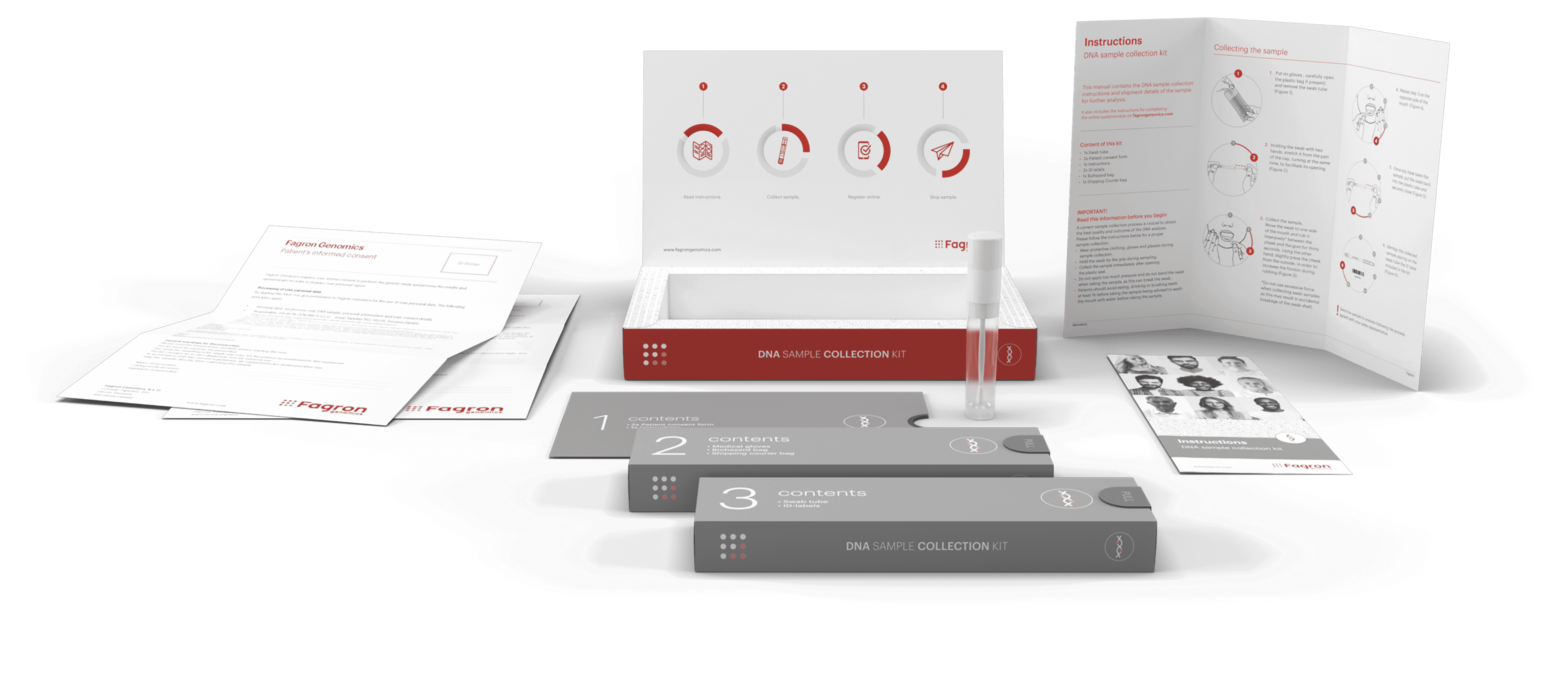
Personalized Report
TeloTest uses an automatized qualitative algorithm that calculates telomere length, infers biological age based on telomere length and recommends the most appropriate formula and lifestyle and nutrition recommendations to delay the effect of aging in the male and female population.
Results of your test are private and confidential. Your genetic data and information is stored digitally in a reliable, secure, and safe environment through Fagron Genomics that only Dr. Westerdahl can access for you. As a health professional, Dr. Westerdahl is a Certified Provider of Fagron Genomics for TeloTest – Telemere Testing, Evaluation, and Consultation.
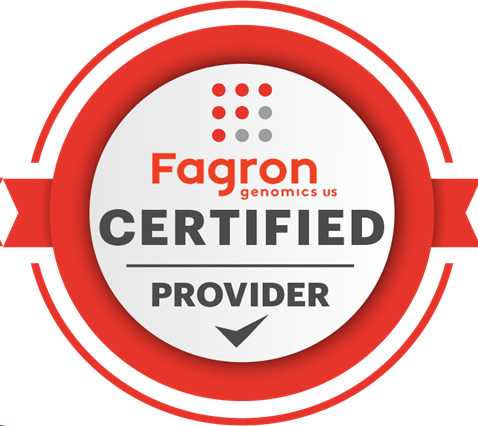
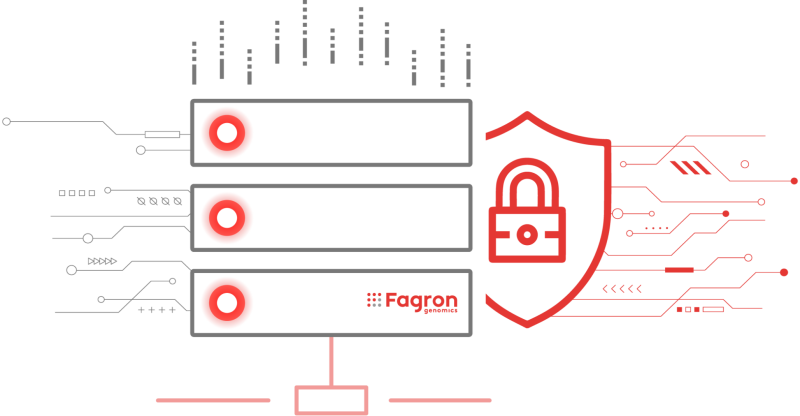
Customer Journey

1. Order Kit
By contacting Dr. Westerdahl or ordering and making payment for the TeloTest at this link:
https://square.link/u/WeS8kX0h
The complete TeloTest program, with personalized assessment and evaluation report, Telomere education materials with prescription and recommendations, and private phone or virtual consultation session with Dr. John Westerdahl costs only $250. The fee is collected when ordering the TeloTest Kit.
Dr. Westerdahl will send you a DNA Collection Test Kit which you will receive a few days after ordering and payment is made.

2. DNA Collection
Once you receive your test kit, begin your DNA collection as soon as possible. Avoid eating, drinking, and smoking at least 30 minutes prior to testing. Remove Buccal Swab from package and twist open vial. Carefully hold the stem of the swab, avoiding touching the tip with fingers, teeth, lips, or other surfaces. Firmly swab the right side of the cheek using a back-and-forth brushing motion while rotating the swab. Continue for at least 30 seconds then repeat process on the left side of the cheek. Return the swab back into vial and close lid tight.

3. Send Sample
To the Fagron Genomics Laboratory authorized by Dr. Westerdahl to process your test. Fill out and apply patient identifier sticker to vial length-wise, covering the original sticker on the tube (do not wrap around). Insert tube into bio-hazard bag, then place in prepaid shipping envelope along with the completed Test Requisition Form. Inside the kit you will also be given a website address to complete a TeloTest Questionnaire that must be completed prior to sending off your sample to the laboratory. Complete instructions, including a QR Code that can be scanned to digitally connect to detailed instructions (and a video) are provided in the kit to explain how to send your sample to the lab. Drop off envelope at any USPS mailbox or Post Office.

4. Results
Available to you within 3 weeks after receipt of the sample in the laboratory. Dr. Westerdahl will review your TeloTest results and send them to you by mail or email for your review. You will also receive his personalized recommendations and prescription, and other helpful Telomere support and educational materials. During this 30-minute call, Dr. Westerdahl will also provide individualized nutritional, longevity, and lifestyle medicine recommendations, advice, and plan based on your TeloTest findings
Telomere Science
Decades of research have shown the critical role that Telomeres play in our health and longevity
When we are born, generally our telomeres are at their longest. However, with age and exposures to various sources of oxidative stress throughout our lifetimes, telomeres gradually shorten, until cells can no longer divide. This shortening process acts as an aging clock counting down the remaining life of the cell.
The Nobel Prize in Medicine was awarded to Dr. Elizabeth Blackburn in 2009 for discoveries in Telomere science
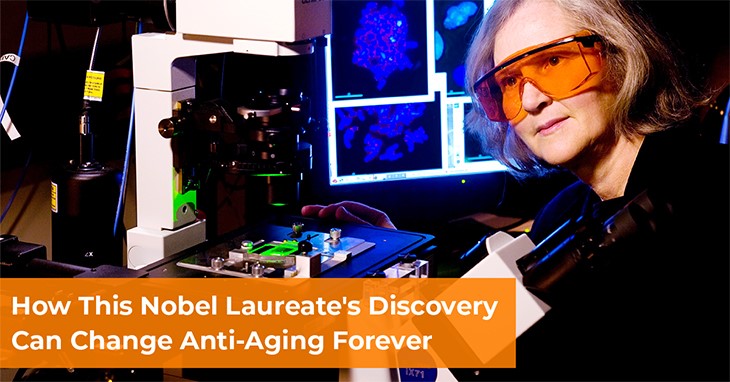
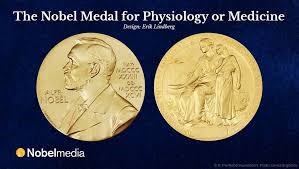
The Nobel Prize in Physiology or Medicine 2009 was awarded jointly to Elizabeth H. Blackburn, Carol W. Greider and Jack W. Szostak "for the discovery of how chromosomes are protected by telomeres and the enzyme telomerase."
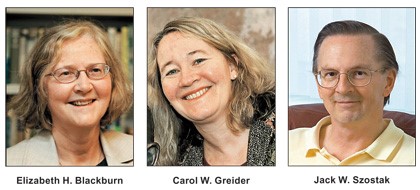
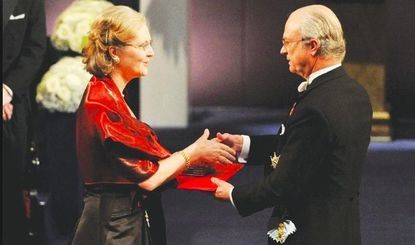
Dr. Blackburn accepts the Nobel Prize from King Carl Gustaf XVI of Sweden
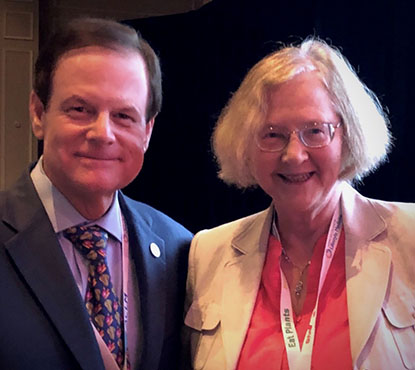
Dr. John Westerdahl with Nobel Laureate and Telomere Researcher Dr. Elizabeth Blackburn
(See Video Telomere Science Lectures and Interviews with Dr. Blackburn at Bottom of Page)
There is a large and growing body of scientific publications supporting the role of telomere length in aging, with longer telomeres being associated with aging well. On the other hand, shorter telomeres are associated with increased risk of age-related diseases and mortality. Genetic, lifestyle, environmental, and other factors can affect your average telomere length, which makes it a good overall measure of your health and longevity. Knowing your telomere length gives you a uniquely integrated view of these factors and allows you to make improvements.
What are Telomeres?
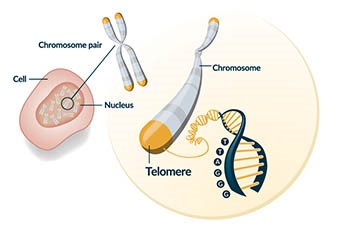
TeloTest lets you learn and track your cellular age based on the length of your telomeres, the protective caps on the ends of your DNA strands that tend to shorten and fray with age. Imagine our DNA as a long spiral ladder with millions of rungs. Our telomeres are the last few thousand rungs on the ends of the ladder that keep it from “unzipping” as cells divide and thus protect our genes, which are made up of long stretches of rungs in the middle. Technically speaking, telomeres are repetitive stretches of the nucleotide base pair sequence TTAGGG at the ends of our chromosomes.
When we are born, our telomeres are typically at their longest. However, throughout our lives the telomeres shorten. At every cell division, telomeres lose a bit of their DNA until, over time, the cell cannot replicate and becomes “senescent,” which is the cellular equivalent of aging.
There is a large and growing body of scientific evidence showing that shorter telomeres are associated with a number of age-related diseases, and that lifestyle, genetic, environmental, and other factors can affect your telomere length.
Cell Division and Telomeres
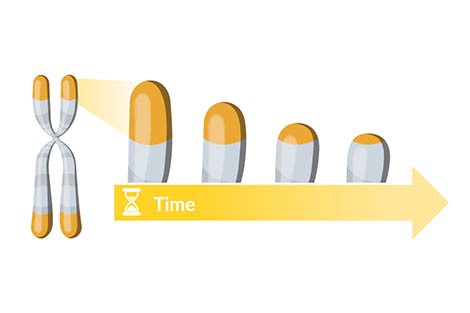
For our bodies to heal and function properly, cells must divide to replace old, worn out cells and telomeres protect our DNA and prevent genomic instability during this division. Telomeres allow our cells to divide without damaging or scrambling the cells' genetic information. Telomeres are a key part of the process that ensures DNA is accurately copied as your cells divide and reproduce.
When we are born, our telomeres are at their longest. However, throughout our lives, every time our cells divide, the telomeres shorten. At every cell division, telomeres lose a bit of their DNA until, over time, the cell cannot replicate and becomes “senescent,” which is the cellular equivalent of aging. This shortening process acts as an aging clock for the lifetime of the cell.
Telomeres and Aging
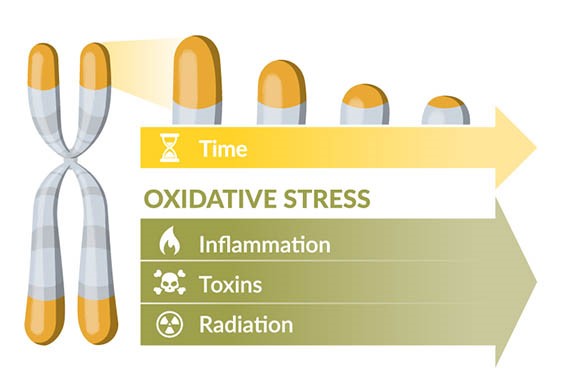
Telomere shortening leads to cellular senescence, the cell's inability to divide. When telomere length reaches a limit, at around 5000 base pairs of TTAGGG repeats, cell division stops. This microscopic level phenomenon has been described as the causal nexus that, in combination with other factors, leads to macroscopic effects of tissue breakdown manifested in the phenotypical effect of aging. As a result, shorter telomeres could be considered a beacon for accelerated aging, like a canary in the coalmine. Factors that contribute to accelerated telomere shortening include:
- Poor diet
- Sedentary lifestyle
- Oxidative stress
- Environmental toxins
- Stress
Conversely, longer telomeres preserve cells’ ability to divide which can be extrapolated to delayed tissue breakdown and the phenotypical effect of aging well. Factors that can help maintain or even lengthen telomeres include:
- Exercise
- Proper diet
- Limit exposure to toxins
- Stress management
The TeloTest Blueprint for Aging Well provided with your test results suggests several strategies for improving lifestyle choices based on years of scientific research that links them to telomere length.
What does the age of my cells in TeloYears mean?

The age of your cells in TeloYears is the actual age of the typical man or woman whose telomere length is similar to yours. Like cholesterol, BMI, or blood pressure, your telomere length is a useful biomarker for monitoring the vitality of your cells so that you can improve and better control--perhaps not how old you are--but how well you're aging. Whether the age of your cells in TeloYears is older or younger than your actual age, you can use your results to improve your overall health by finding in them the motivation to take steps to slow down the clock on the aging process by changing certain lifestyle behaviors that have been shown to associate with telomere length, including nutrition, exercise, sleep, or stress management.
Your TeloTest results can also be used, through repeat testing, to track how your choices are affecting your aging as studies have demonstrated that lifestyle choices can have an impact on telomere length.
Can my cells become younger in TeloYears?
Several studies have shown that, yes, your rate of telomere length shortening may be slowed when sustained changes to your lifestyle are made. Some studies have even suggested that telomere length may increase over time. Factors linked to telomere length include.
How is the age of my cells in TeloTest calculated?
Generally speaking, the age of your cells in TeloTest is the actual age of a typical man or woman whose telomere length is similar to yours. More specifically, it is calculated using a complex formula that was built by our mathematicians based on the following process.
First, we measured average telomere length on a statistically large enough number of people (over 10,000 subjects) so as to construct a nationally representative population. Next we built a mathematical model or formula by applying statistical methods to the population level results, including regression and variance analysis of the means and distributions of relevant sub populations. Then, we compare the formula’s projected average telomere length for the typical person your actual age and gender to your own measured telomere length. Finally, your cells' age in TeloTest is determined based on where your telomere length falls on a distribution curve, which establishes a confidence interval around the formula’s projected mean for you based on the variance inherent in our method of measuring telomere length. Likewise, we use this model to calculate the percentile score your telomere length represents as compared to a typical man or woman of your actual age.
VIDEOS ON THE SCIENCE OF TELOMERES
Dr. Elizabeth Blackburn
2009 Nobel Laureate in Physiology and Medicine
Dr. Elizabeth Blackburn
The Roles of Telomeres and Telomerase
Dr. Elizabeth Blackburn on Telomeres
Dr. Dean Ornish
Lifestyle Changes Lengthen Telomeres
Dr. Elizabeth Blackburn
Nutrition Supplementation Contributes to Longer Telomeres and Better Health Measures (Shaklee Telomere Study)
